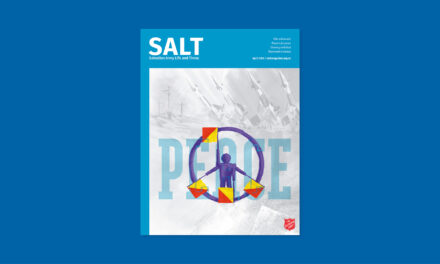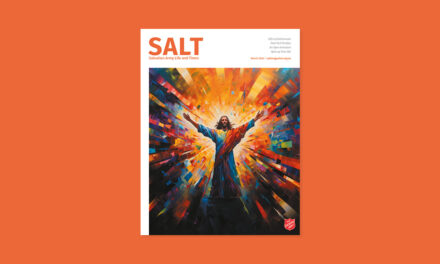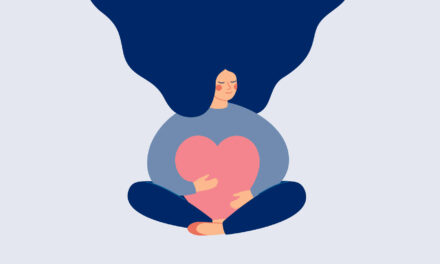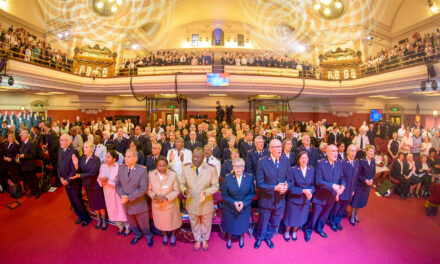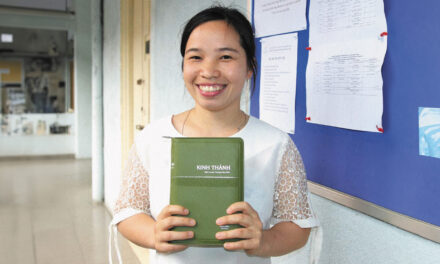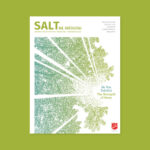
‘Unbelievable exactitude’: The daguerreotype
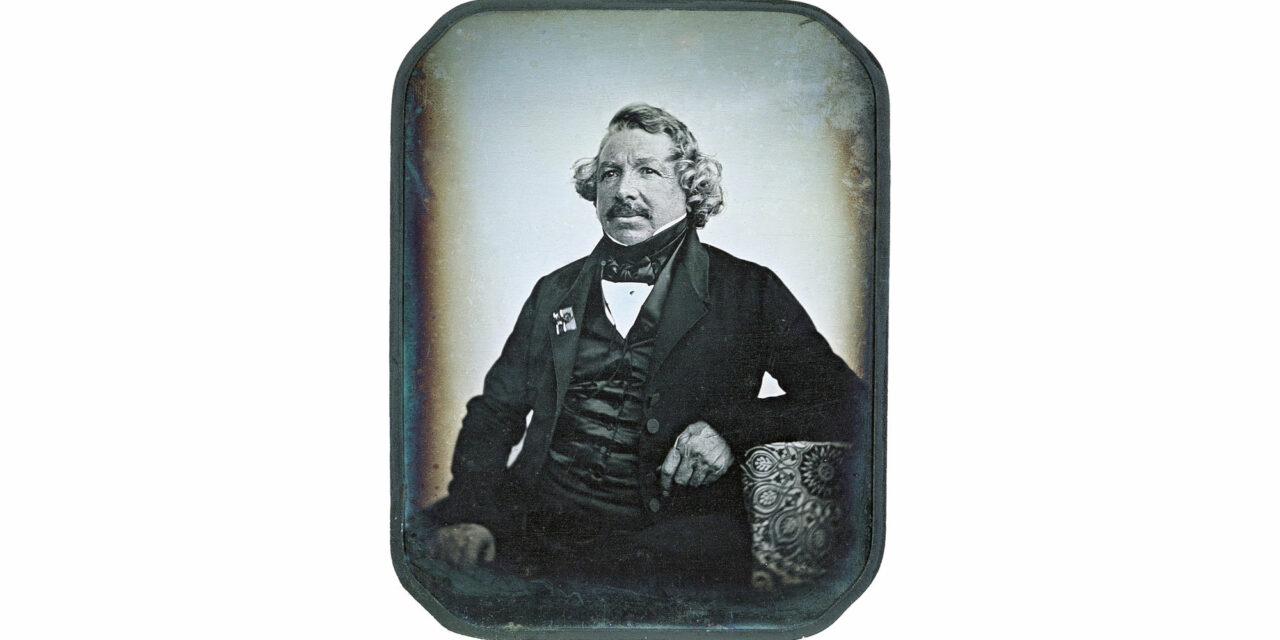
With a camera in our pocket (smartphone) and unlimited opportunities to publish our photographs (social media), we are truly in debt to the daguerreotype, the first practical photographic process that made its public debut in 1839.
The daguerreotype was developed in France by Joseph-Nicéphore Niépce and Louis Daguerre. Niépce had earlier invented the heliograph, which produced primitive images in the mid-1820s, but with his death in 1833, his son Isidore Niépce continued the earlier partnership. In the 1830s, Daguerre was well-known in France for his Diorama, the large theatrical paintings made with the aid of a camera obscura that attracted crowds of paying entertainment-seekers.
Successful daguerreotypes were produced as early as 1837, although they were of objects rather than people due to the long exposure time. The daguerreotype process involved a silver-plated copper sheet that had been washed in a nitric acid solution. The sheet was placed in a type of camera obscura and exposed to iodine vapour, making the sheet highly photo sensitive. Once exposed to light, the sheet was developed with mercury vapour, hypo-sulphate of soda and distilled water. The result was a highly detailed and precise one-of-a-kind image on a mirror-like surface. Sizes could vary between (5 x 7 inches) to as small as (1 x 1 ½ inches).
Daguerre and Niépce wanted their invention to be a commercial success and sought financial backers. François Arago – the Secretary of the French Académie des Sciences, Director of the Paris Observatory, and a politician in the Chamber of Deputies – convinced them to hold off. As Arago explained to the Académie des Sciences in January 1839, the daguerreotype image, which was ‘reproduced down to the most minute details with unbelievable exactitude and finesse’, had the potential to ‘contribute so much to the progress of art and science’. Arago successfully lobbied for Daguerre and Niépce to receive a state pension in exchange for their process being made public for the benefit of humanity.
Daguerre’s publication of an instruction manual in August 1839 outlining the process, along with a series of hugely popular public lectures, captured the public imagination not only in France, but around the globe, in a kind of daguerreotype craze. Ready availability of the materials required in the process helped greatly in the spread of the technology. The daguerreotype totally displaced or seriously challenged other culturally important and competing methods of visual representation, including silhouette portraits, lithographs, engravings, woodcuts, drawing and painting. While painting and drawing continued, their monopoly on the production of portraits – which had been limited to the wealthy – was removed, and photography opened the way to a more democratic representation of the world.

